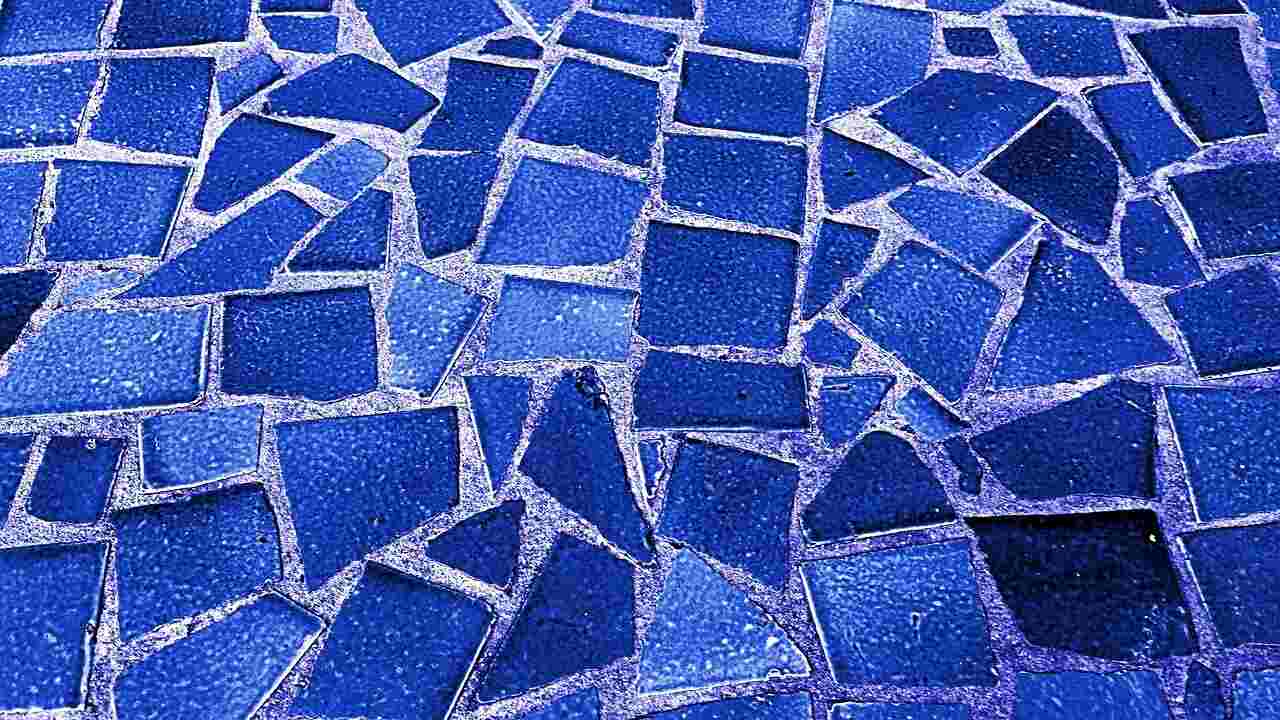Quickly and Easily Lay Ceramic Tile Floors with These Step-by-Step Instructions
Ceramic tile flooring installation is easier than it appears. You can start tiling your way to your ideal floor with only a little know-how and a straightforward, step-by-step tutorial. If you’re considering laying ceramic tile floors in your home, here are a few nuggets of knowledge to chew on.
Being familiar with the subfloor type is crucial before laying ceramic tiles. You should expect to meet one of three common types of subfloors: vinyl, plywood, or concrete. It’s not recommended to lay ceramic tile flooring directly on vinyl or linoleum. Vinyl flooring, for one, is not as sturdy as good ol’ concrete, and, for another, it may contain asbestos fibers. To provide the tiling mortar with a solid hold while setting ceramic tiles on a vinyl floor, professionals advise scarifying the vinyl first.
Plywood subfloors need to be supported by an underlayment of equal strength, and the plywood itself should be at least 1 and 1/8 inches thick. Ceramic tiles that aren’t adequately secured might quickly become loose or even break. Subfloors made of concrete are the best possible option. However, it must be cleaned entirely before installing ceramic tile flooring. Sweep and mop the concrete subfloor to remove dust and debris, and then let it dry thoroughly. To give the tile mortar some traction, smooth concrete surfaces must be rough sanded, just like vinyl flooring.
Once you have a rough idea of the location, you can start looking at showrooms and talking to tile salespeople. There is a wide range of quality, design, and cost of ceramic floor tiles. Choose a tile variety that fits your budget and inquire about its availability in various hues. The one-square-foot tile is the standard for the ceramics industry. A ceramic tile, however, might be anywhere from an inch to two feet in size.
The cost can change based on the tile selection. Tiles constructed of natural stones like granite or slate might cost $2 per square foot. Prices for glazed ceramic tiles range from $1 to $20 per square foot, whereas unglazed quarry tiles may cost about $1 to $2 per square foot.
When tiling a bathroom, picking ceramic tiles with a rough textured surface is necessary. This is to prevent slips and falls on a perpetually damp floor. Floors in the kitchen or back porch made of smooth glazed ceramic tiles are a great option. However, they should not be used in moist areas like bathrooms.
Obtaining the proper tools and machinery is also crucial. Most of the required supplies are at a local hardware shop or home center. If you require expensive equipment like tile cutters, find out if your neighborhood home improvement store or tool rental yard offers rentals. Tile spacers, a notched trowel, a handheld tile cutter, tile nippers, and safety glasses are all essential ceramic tiling tools. Keep some sandpaper on hand for filing down sharp corners. If you have just finished tiling your floor with ceramic tiles, you will need sponges and clean, dry cloths to remove the excess mortar material and grout lining.
If you are unsure of where to begin while laying ceramic tile on your floor, it is recommended that you seek the advice of a professional. At the very least, a professional in the field of home improvement will be able to provide you with information or assist you when you begin the process of installing ceramic tile. This includes selecting suitable tiles and colors to tear out existing ceramic tile floors without damaging the subfloor.
Learn the ins and outs of laying ceramic tile floors by visiting Get a hold of a manual on laying ceramic tile.
Read also: Above Solution – A Means Of Recent Day Telecommunications.


